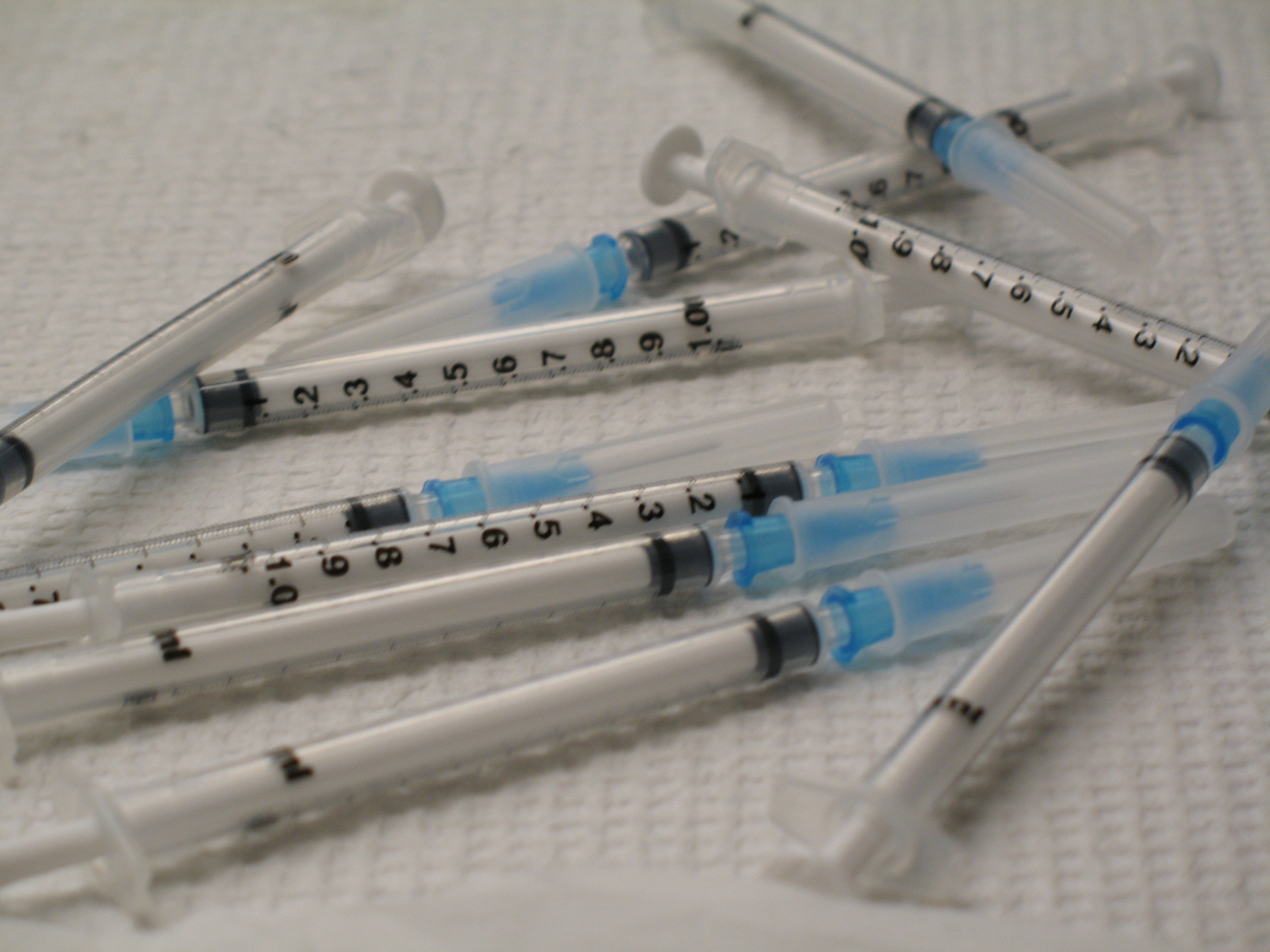An injection is a process of piercing or puncturing a small area of the skin with a needle attached to a syringe to insert a medicinal substance for curative, recreational or prophylactic purposes.
Injection follows a parenteral administration route which is medicine whose administration does not pass through the digestive tract.
In medical terminology, injection is known as a jab or shot. Injection and oral administration are the most used ways of infusing liquid medicines into the body. The use of creams and lotions is not as extensive. Medical practitioners give injection in these ways:
Intramuscular Injections
Intramuscular injection is the most common way of injecting medicine directly into a patient. It is a beneficial process for rapid absorption of medication as this infusion allows direct absorption into the muscle. It hastens the process of the medicine on gaining easy access to the bloodstream and starts the healing work quickly. Medics consider intramuscular injections to be the safest and best way of injecting medication into a patient.
Muscles have more supply of blood and are less sensitive than subcutaneous (under the skin) tissue thus can tolerate the needle and drugs more efficiently. Drug administration into the muscle is an option when there is a need for active ingredients to act quickly.
Intradermal Injections
The intradermal technique involves injecting fluids into the soft and pliable skin’s top layer. Intradermal injection does not go beyond the dermis (the inner of two skin layers). Medics mostly use for vaccinations, but they also inject here to treat some health problems like allergies or TB. Intradermal injection allows insertion of the liquid medicine beneath the epidermis (first layer of skin) surface in the space separating it with the other layer.
It uses a tiny needle that does not go beyond 1.5 centimeters that will adequately insert the liquid without extending to the dermis. The syringes are also small to allow slow release of drugs. The maximum syringe size is 1 millimeter.
Intradermal injections also help in discovering if someone has allergies via allergen sensitivity test by provoking intradermal reactions that help in diagnosing diseases such brucellosis and tuberculosis.
See Assignment Club Reviews by our customers and writers. We are among the best in the industry.
Endovenous injections
Endovenous or intravenous injection is a technique that medics use to directly inject into the circulatory system by inserting a needle into the vein that they can access easily. The simplest veins to reach are those in the lower part o the arms or below the crook of an elbow. The advantage is that the drugs get right into the vein helping to overcome problems with absorption. The intravenous route is the fastest route of delivering medications throughout the body because circulation carries them to all cells. It is also betting methods to use when a patient needs fluid replacement to correct dehydration or electrolyte imbalance and for blood transfusion.
Subcutaneous injections
This type of injection involves pushing a needle through the epidermis and dermis layers of skin. The needle should go far as the skin’s fatty layer called subcutaneous tissue. Medicine that doctor administers through subcutaneous injection rarely causes an adverse reaction.
It is the best form of injection for substances that the body should absorb very slowly such as atropine or morphine. Medics also use it for immunization. The administering is by inserting the needle at a position that is almost parallel to the skin till it reaches the subcutaneous tissue where the liquid should be deposited.
Diabetes patients who cannot treat it orally use subcutaneous injection for injecting insulin into themselves as it allows absorbing drugs on a constant basis. This injection requires the use of a small fine needle or 1.5- 2 centimeters and a syringe of 2 or 2.5 milliliters.
The syringes for making different injection are different to match the type of medicine and type of injection. There are special smaller syringes for toddlers and those that do not let into protective, sensitive medicine.
Cheap Assignment Help by a professional UK Assignment Writers with years of experience in academic writing Price start from: $19.99 per page.




